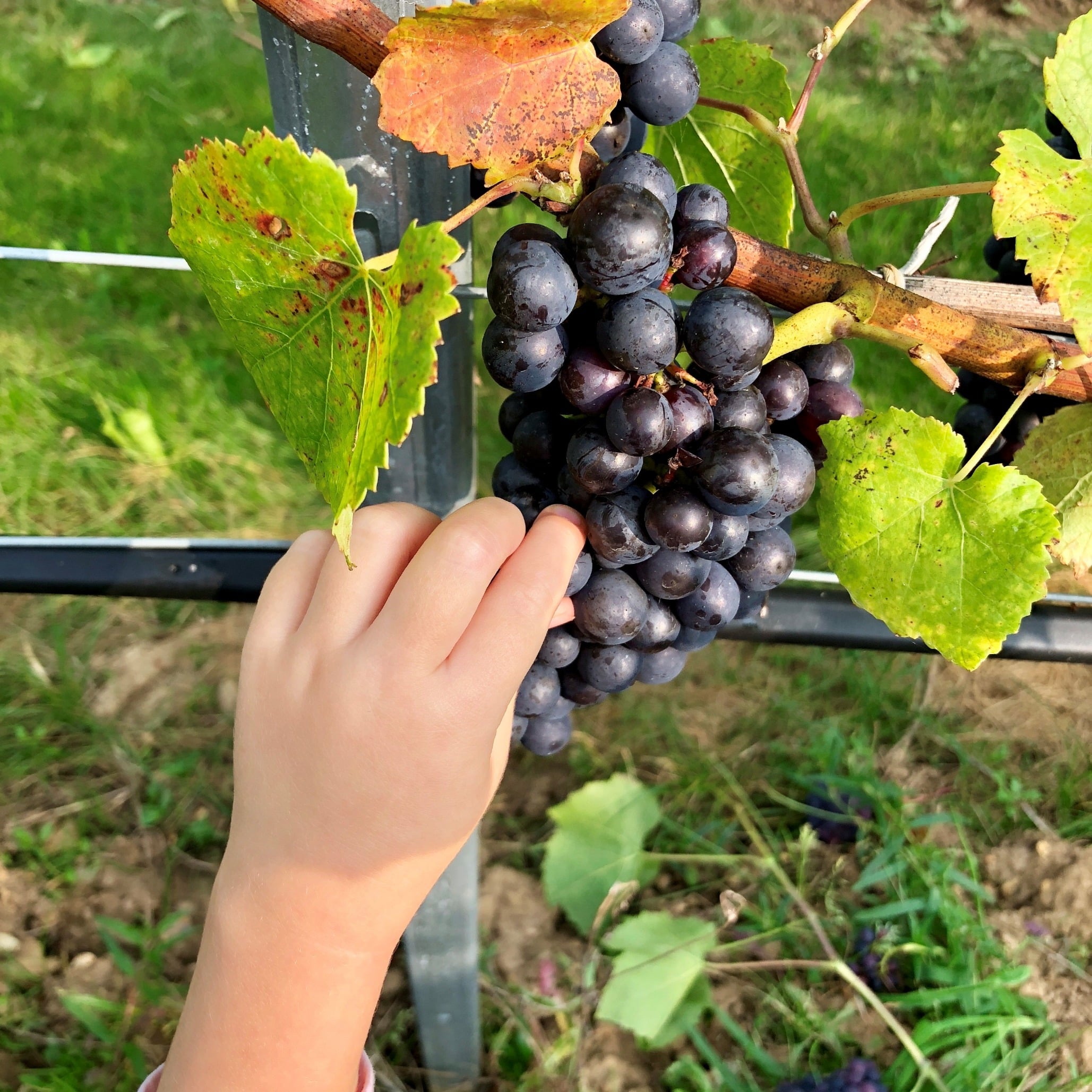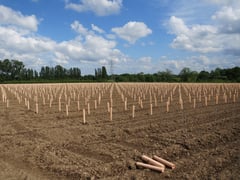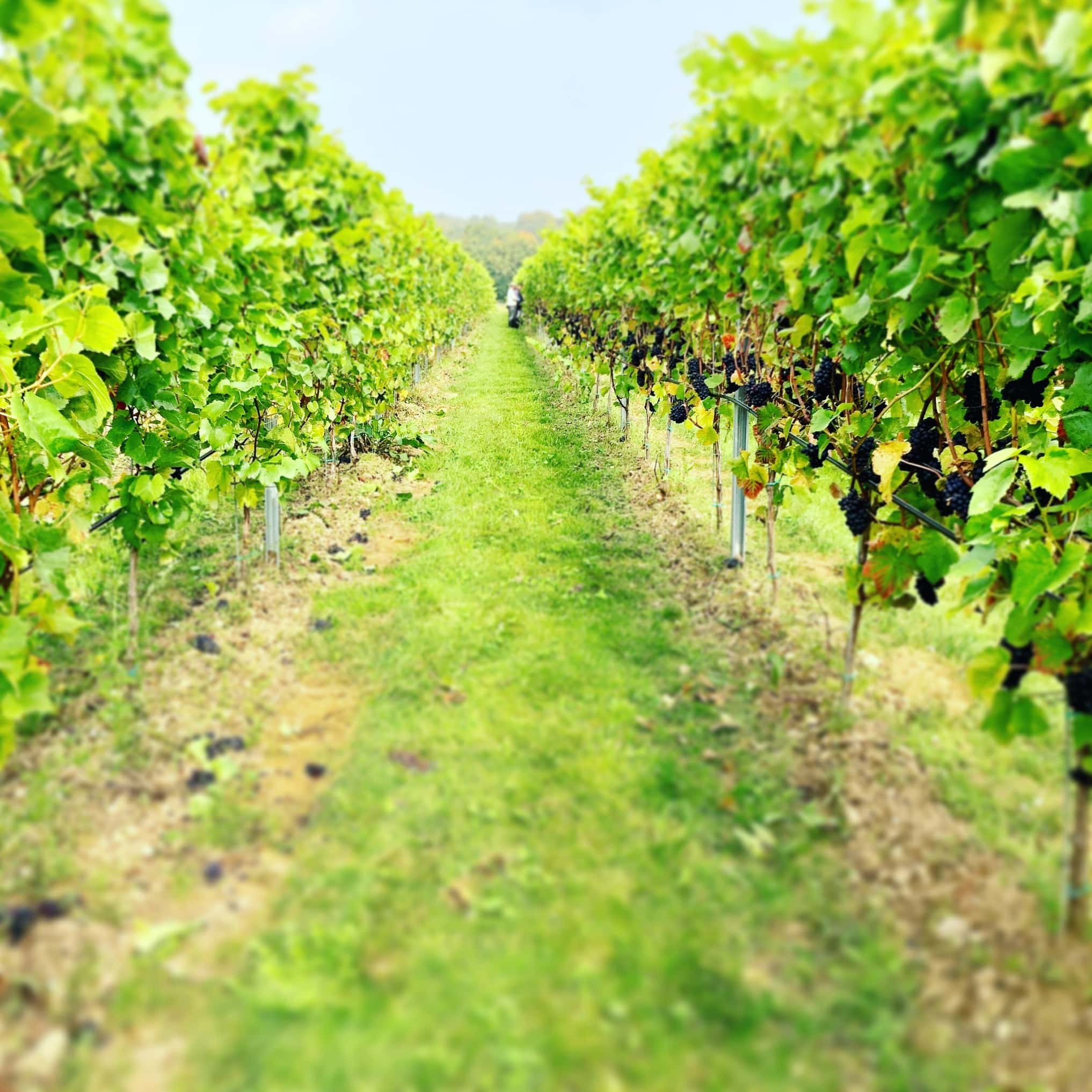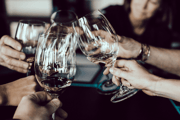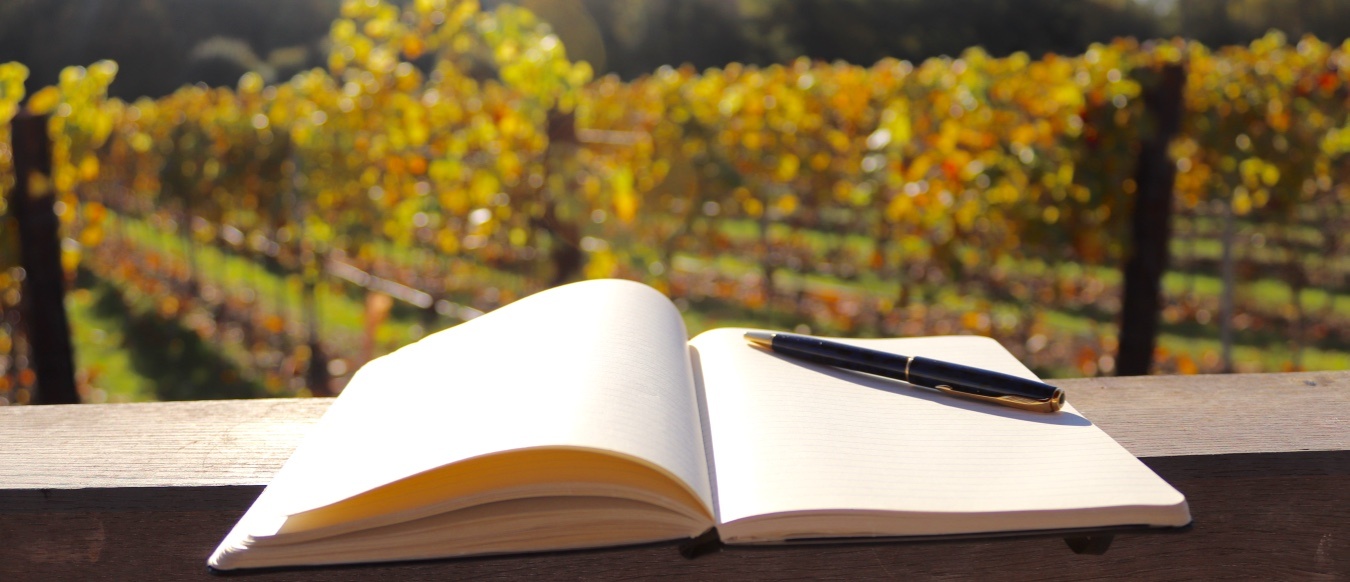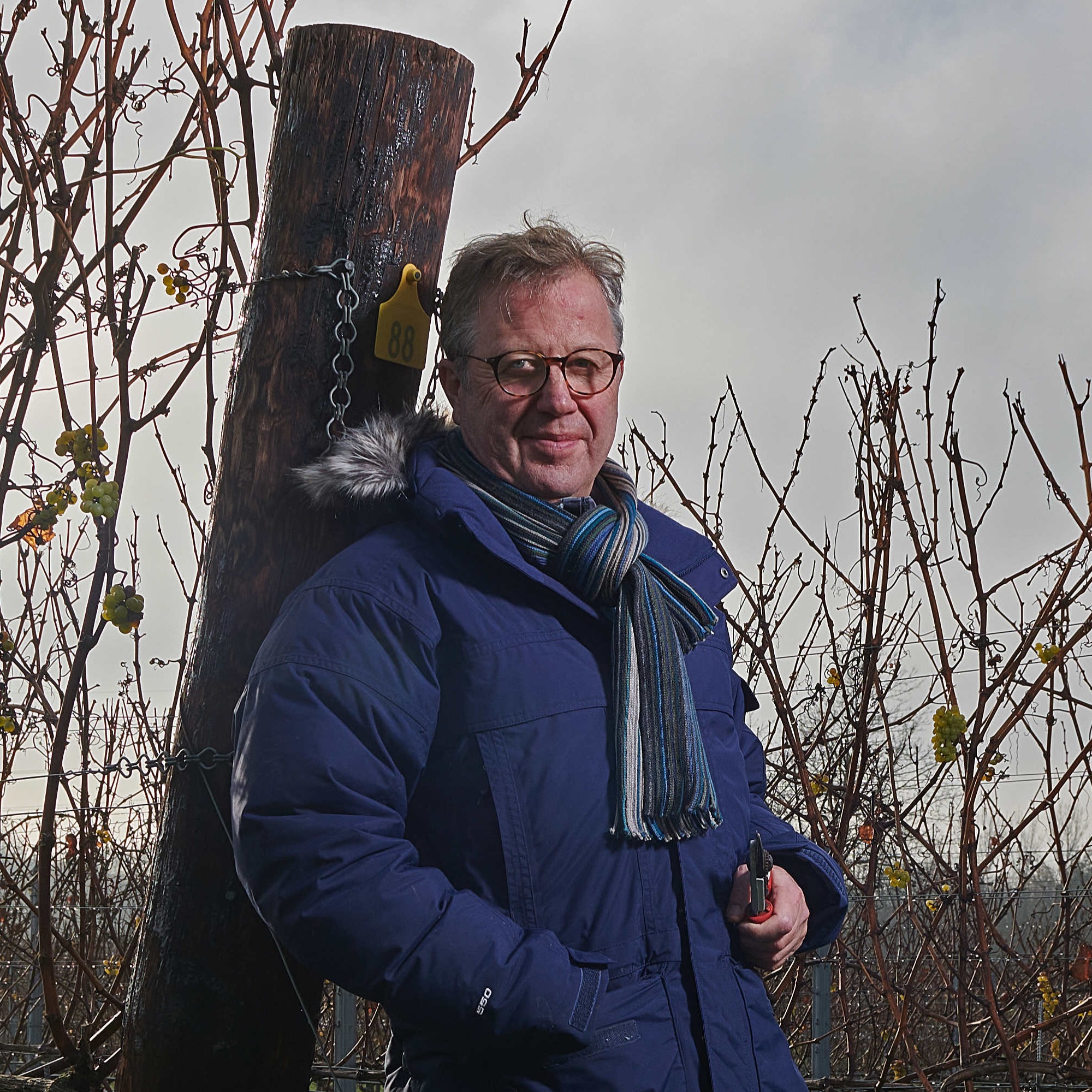To claim Burgundy is all about money would be wrong, but neither is it true to say the region only serves the aesthetic interests of its buyers and makers. The truth lies somewhere in between.
There is another ambiguity on display too. A chiropractor will tell you that harvesting cabbages and pruning low-trained vines exercises the same muscle groups and wears upon the same joints, and yet, in Burgundy, this otherwise repetitive labour isn’t thought of as alienating so long as body and mind are fixed upon the same aesthetic end.
Brian Sieve (Domaine de Montille) and Mark Haisma, two ex-pat winemakers who’ve adopted Burgundy as home, told me they spend a good proportion of their time in vineyards. They don’t see a division of labour between making, growing and commercialisation. The pursuit of vineyard essence gathers everything else into its cause.
Burgundy is also experienced by another type of wine consumer. Those lacking the financial clout to taste Vosne in the full flesh still make a vicarious link back to the Côte de Nuits. They hope the region’s two-thousand-year history can be a blueprint for other regions, and that the pixelated schema of vineyards flags a way forward for neglected appellations.
In order to fulfil this mentor role, Burgundy has to prove that it can face the tribunal of climate change intact and show that the distinctions between cru remain relevant in a warming world. The precedent for the Côte d’Or’s hierarchy was largely shaped by the dependability of ripening, but what happens in hot years like 2018, 2019 and 2020? Grégory Gouges told us that since 2015, only 2021 was a normal year; while Brian Sieve at de Montille said he was now running on 'hunches' because they had never experienced weather patterns like these before.
Tasting through the 2020 vintage, along with a few wines from the last decade, helped build a picture of past and present Burgundy, if not its future. It also enabled the Danbury Ridge team to benchmark their wines against acclaimed producers and get feedback on Essex vineyards whose climatic regime is now closer to the old heat summation values for Burgundy than Burgundy is itself.
Our visit coincided with Les Grands Jours de Bourgogne. Few in our industry escape the day-long sentence of standing behind a table and pouring wines, not even Burgundians, and I’m still cringing over the old American guy who barged his way through to one vigneron, announcing his presence with a glass thrust toward the Mazis-Chambertin and an opening line of, “I’m American, I don’t speak French, but I do speak wine.” He went on to ask for seconds of the Grand Cru, too!
There were some super opulent reds on show at the Northern Nuits tasting we attended. As someone who enjoyed Rhone wines in the 90's, I found I could squint back in time and make out Côte Rôtie; and very good ones at that. The colours and flavours of the 2020's are deep and dark, with a hint of the same apricot character we used to attribute to Viognier addition, even though this proved not to be the case. The wines of Berthaut-Gerber were the best exemplars of this style, and the theme carried all the way through to Amélie’s village Fixin. I chalked the estate up as a discovery until I saw the price of her Fixin 1er Cru Les Arvelets.
Both the Fixin and Marsannay appellations were diverse, perhaps because there isn’t a given identity to pursue like there is in Vosne and Chambolle. In 2020, Sylvain Pataille chose to make good Gevrey copies, a tight skein of fruit stretched over limestone bones, but most opted for the more decadent route.
As for the Gevrey’s themselves…very much a mixed bag. One of Pinot’s lesser-known attributes is that its extractable tannin levels can compete with Cabernet Sauvignon, but this trait was less discreet than usual in many of the wines put up for tasting. Tannin can only soak up so much wine.
After Les Grands Jours, we visited Mark Haisma in Gilly-lès-Citeaux. Mark looks physical; not the squat, ground-hugging ideal for working 20cm high fruiting wires, but definitely a man to have on speed dial when it comes to knocking in end posts. What really impressed us about Mark is that he’s ambidextrous: equally good at making reds and whites which is very much the exception in Burgundy, to the point you suspect specialisation with either Pinot or Chardonnay is one of the Côte’s unwritten rules. There’s often a no-man’s land of compromise in winemaking, a slack area between delicacy and power, where you belatedly wish you’d directed extraction one way or the other; but in 2020, this is the place Mark put himself - and very successfully too! The Gevrey Chambertin 1er Cru Les Fontenys was given the full overture before we tasted it, and deservedly so. There is plenty to reward serious Burgundy obsessives at this address, particularly those of a more patient disposition.
The long-established Domaine Gouges is now in the hands of Grégory Gouges. Most of us end up in the wine trade because we chose to zig instead of zag when it came to following regular career paths, so what must it feel like when you’re just perpetuating the family business and queuing up to become the next intercessionary generation? If Grégory is bored with bending, pressing and humping he didn’t show it. I wouldn’t say Gouges is a reinvigorated Domaine as much as rethought. They now gravity feed all the way down to the cellar, and the cap of skins can be submerged. The wines have certainly added concentration since I last visited in 1998, and climate change has softened the tannins associated with their clay-rich vineyards: there’s obviously more suppleness to the phenolics, but potentially more of them too - hence the introduction of gentler protocols. The 2021's from barrel weren’t shy. As we’ve seen with our own clay soils, we can tap into earth-bound forces if the heavens don’t deliver their quotient of light and heat, and this effect also appears to have boosted Nuits in this rain affected year. We finished our tour with a with a very stylish Nuits-Sant-Georges 1er Cru Les Vaucrains 2016. The flavours built impressively on the mid palate, then held into a forceful finish. A lovely wine from a fine vintage
Domaine de Montille has good memories for me, though Brian Sieve said I’d been lucky. In the past, these were always wines made for the long haul, which meant their fate was tied to the cork manufacturer as much as it was to Hubert’s decision making.
The reputation of the Domaine is, in part, built upon the use of stems, though there are no hard and fast rules visiting winemakers can take home with them and adapt. Across the red cuvées their use averages out at 50:50. The reasoning can sound a bit Delphic - clones, massales, vine age, vintage - but make no mistake, Brian is hyper-focussed. There’s a high cadence to his thinking. A narrowing gaze on the glass when it comes to tasting. I was struck during this trip to Burgundy by how the system of shared cru drives competition - think of the rivalry to be first violin rather than a Roy Keane two-footed tackle - and believe me, you’d want Brian centre stage in your orchestra.
Of all the 2020s we tasted, the de Montille wines were more in the image of Burgundy as I think of it: taut fruit; a single peddled piano note reverberating against hard stone. And what a repertoire! How do you enhance the status of Vosne Romanée 1er Cru Aux Malconsorts? This was the last wine we tasted, and it felt like we were witnessing the latest augmentation of this iconic vineyard’s reputation. Brilliant stuff.
So how were our wines received? With surprise and enthusiasm. Burgundians can afford to be confident and complimentary these days. The more winemakers and viticulturists look toward the Côte d’Or for inspiration, so the more Burgundy’s status and influence is secured. Overseas imitations are regarded as a form of flattery: a succession of rapturous love letters sent to the motherland that don't expect a reply. We’d spent our first two days visiting coopers, an ancillary industry that has capitalized on Burgundy’s global boom and domination. The region still sets the global zeitgeist and the price ceiling for Pinot Noir and Chardonnay.
The coopers were complimentary, but then we are customers after all. There was a preference for battonage over non-battonage whites, but that’s a move our winemaker, Liam Idzikowski, has already made - albeit just one stir as the wine comes out of barrel. The reds were liked by everyone, with a few tweaks recommended here and there as regards forest and toasting. A special mention for the small Chassin cooperage where we left a bottle of our experimental foudre sparkling cuvée at the owner’s insistence. There was genuine disbelief on his part that we’d made a style of wine that aligned so perfectly to his taste.
As for the vignerons, again complimentary, but for the reds at least, it was easier to make comparisons with past vintages than the more anomalous 2020s. The whites, by contrast, really fought their corner.
Overall, this was a brilliant and timely trip. Our hosts were enormously generous with their wine and their time. How Burgundy will react to the next twenty years is hard to say, but the fact that the hierarchy of cru has persisted augers well. As long as the limestone aquifers are replenished the best vineyards should be buffered from the worst episodes of heat and drought to come. Let’s hope.
As 2020 illustrates, buyers - and there’s no shortage of them - may need to be openminded about style. There were times when our Pinot tasted closer to traditional Burgundy than the wine we put it up against. There’s a widely shared view that it’s only a matter of time before Syrah takes the place of Pinot on the Côte. I doubt this, not only because there are so many genetic iterations of Pinot within Burgundy to trial, but because Pinot has shown in the warm years it can put on Syrah’s clothes. Aubert de Villaine has long argued that you shouldn't taste Pinot in Burgundy, only terroir. I’m not sure he had Syrah-style Vosnes or climate change in mind when he said this, but the argument fits.
%20white.png?width=1192&height=842&name=Danbury%20Wine%20Estate%20Logo%20(short)%20white.png)
